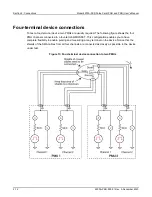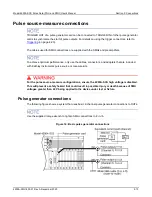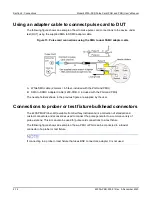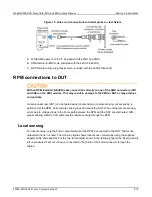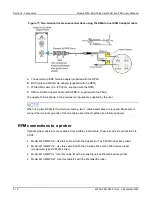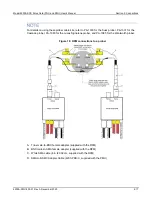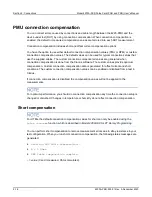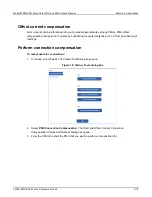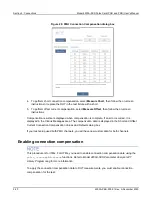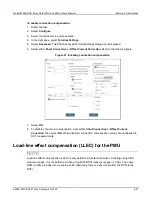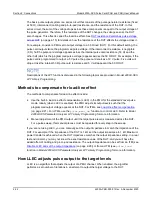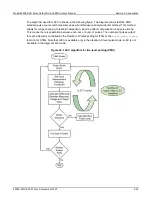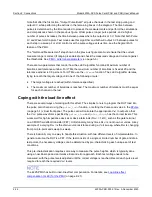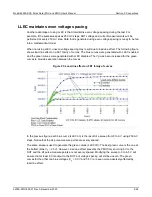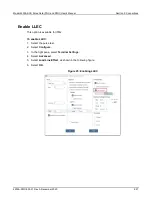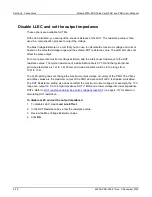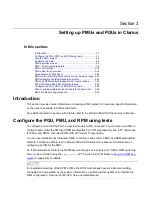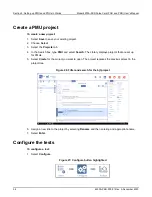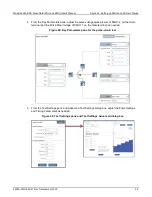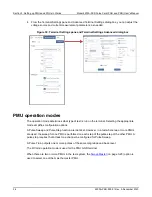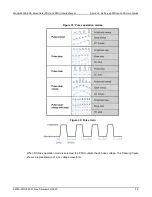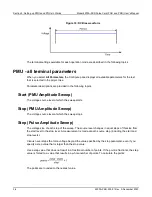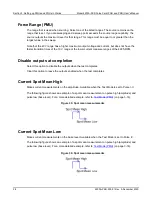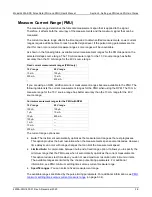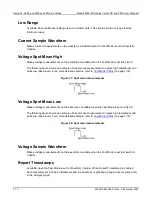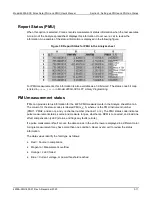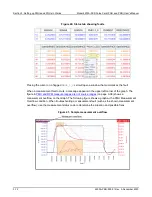
Section 2: Connections
Model 4200A-SCS Pulse Card (PGU and PMU) User's Manual
2-26
4200A-PMU-900-01 Rev. A December 2020
Test considerations
The magnitude of the pulse steps affects overall test time. Wider pulses, a higher number of pulses,
and larger voltage steps at each sweep point, all increase the amount of time required for the LLEC
algorithm at each sweep point, which lengthens the overall test time.
There may be some high-gain devices that will not test properly with LLEC enabled. In this case, you
can disable LLEC. To disable LLEC in ITMs, see
Disable LLEC and set the output impedance
page 2-28). For UTMs, see the
pulse_meas_sm
and
pulse_meas_wfm
functions.
Figure 24: Curve showing poor LLEC compensation
LPT functions used to configure LLEC
•
The LPT functions used to configure LLEC for the PMU are:
•
pulse_load
: Use this function to set the output impedance for the DUT when LLEC is disabled.
Setting the DUT resistance is useful when the DUT resistance is known and is relatively constant
•
setmode
: Use this function to set the number of iterations for the LLEC algorithm or the tolerance
window that determines if load-line effect compensation is reached. The tolerance window is
expressed as a percentage of the target voltage. The maximum number of iterations sets the
maximum number of iterations that will be attempted by the LLEC algorithm. If the algorithm does
not reach the target window, the measurements from last attempt are returned.
•
pulse_meas_sm
and
pulse_meas_wfm
: Use these functions to enable or disable LLEC.

